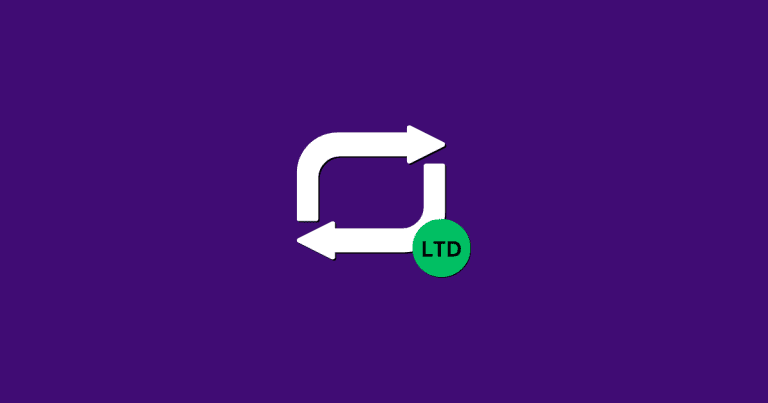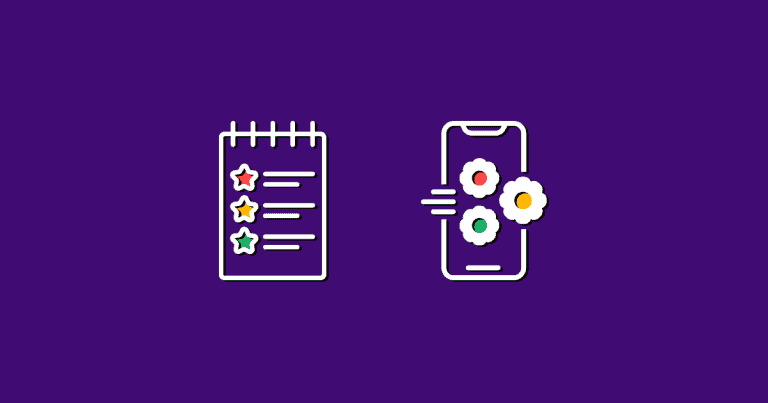5 Metrics Every SaaS Business Should Care About!
Is your business really growing or has it plateaued? Are your customers happy with your service? These questions are important because they reveal whether your company is meeting its goals and objectives. If not, then why?
In order to answer these questions, you’ll need some metrics that tell you exactly where your business stands today.
The good news is that with the advent of cloud computing, it’s easier than ever to measure the success of your business from anywhere.
1️⃣ Customer Lifetime Value (CLV)
Have you ever wondered why some businesses become huge overnight while others struggle to gain traction?
There might be a simple answer behind these differences – Customer Lifetime Value (CLV). This metric gives us insight into the future growth potential of our customers.
Customer Lifetime Value is the total amount of revenue the business expects to earn from a given customer over its entire life cycle.
The higher the CLV, the greater the potential profit for the organization.
When you calculate CLV, you need to take into account both recurring and non-recurring revenues.
Understanding CLV helps you improve retention rates, increase customer satisfaction, and retain top talent.
To calculate a customer’s CLV, you need to identify three key metrics: Average Revenue Per User (ARPU), Cost per Acquisition (CPA), and Cost per Retention (CPR). Once you have these numbers, it’s simple math to calculate the overall CLV.
2️⃣ Leads by Lifecycle Stages
Leads by Lifecycles stage helps businesses get insight into their customers’ purchase cycle by understanding where they are in the buying process.
It also shows the stages or phases of buying decisions, from interest to consideration to decision to payment.
The insights gained through leads by lifecycle stage provide useful information for marketing and sales teams to better target the right audience at the right time.
Leads by lifecycle stage provides valuable insight into the customer journey, helping companies gain a deeper understanding of where potential customers are in the buying process and what actions they take at each step along the way.
This detailed data enables marketers to create personalized messages that resonate and engage prospective buyers.
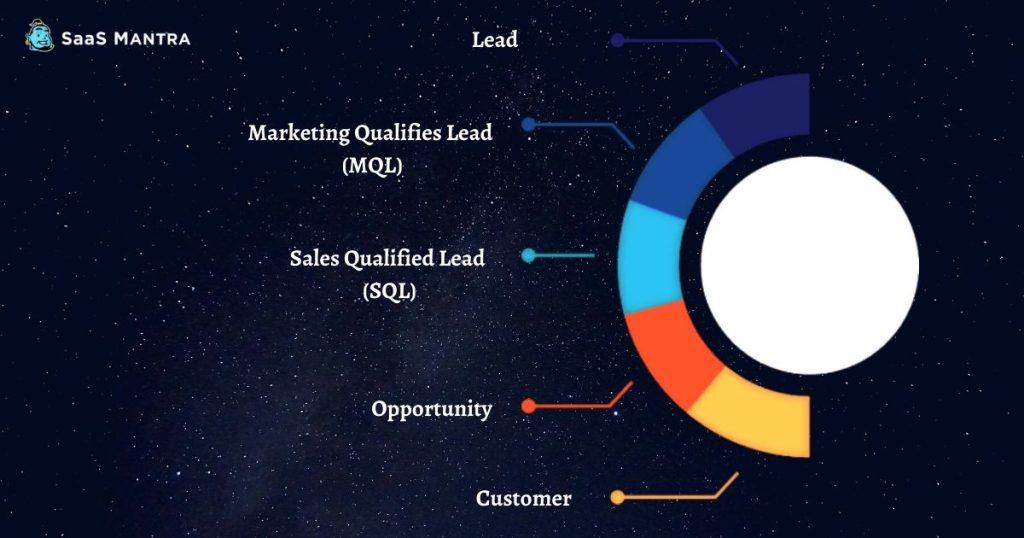
Marketing Qualified Lead (MQL)
Marketing qualified leads (MQL) refers to those who are interested or ready to purchase from you. The goal is to identify these prospects and convert them into paying customers.

MQLs don’t always buy immediately; they often engage with your brand via social media before converting into buyers.
There are two main types of marketing leads: qualified and non-qualified. While both are important, they serve different purposes.
Marketing qualified leads (or MQL) are identified by marketers because they believe these individuals can become customers.
Non-qualified leads are usually generated from sources such as social media, public relations, etc., where marketers don’t necessarily see value in pursuing them further.
Non-qualified leads represent a significant portion of sales pipeline growth, however, many companies overlook their importance. In order to increase the conversion rate of MQLs, marketers should focus on optimizing their outreach strategies.
This means determining who they want to target and how they’ll reach out to potential candidates. Once they’ve done that, they should follow through with the appropriate messaging.
Sales Qualified Lead (SQL)
You’ve probably heard about SQL leads before. They are generated from sales qualified contacts who have agreed to receive marketing emails or phone calls from you. This means they are interested in buying your product or service. What makes them special?
Sales qualified leads are the foundation of every successful direct mail campaign. If you don’t build a strong relationship with these prospects prior to the sale, then you might have wasted time and effort.

(1) You can create custom campaigns using pre-built templates or design your own. These campaigns are designed specifically to increase your chances of closing a deal.
(2) Use social proof to attract attention. Social proof refers to the behavior of other people in similar situations. For example, people tend to purchase more often when someone else has purchased. The same applies to leads.
(3) Make sure to follow up consistently. You should send out at least two follow-up messages per week during the warm period.
3️⃣ Customer Acquisition cost (CAC)
What does customer acquisition mean? Is it the same thing as marketing? What is the difference between acquiring customers and converting them into paying customers?
A company acquires new customers through various means such as advertising or direct sales. There are two types of customer acquisition costs (CAC): Sales CAC refers to the cost of bringing a new customer to the top of the funnel, whereas Marketing CAC refers to the average lifetime value of every customer acquired.
Customer acquisition costs represent a significant portion of total operating expenses. The higher your customer acquisition costs, the less efficient your overall operation becomes. This is why it’s important to manage these costs effectively.
You can calculate CAC using two methods:
🔹 The first method involves measuring the time between when someone signs up for your service until they purchase something. This includes things like emails sent, phone calls made, ads shown, etc.
🔹 The second method is more accurate because it takes into account all marketing activities. For example, it would include email campaigns, social media posts, and even paid advertising.
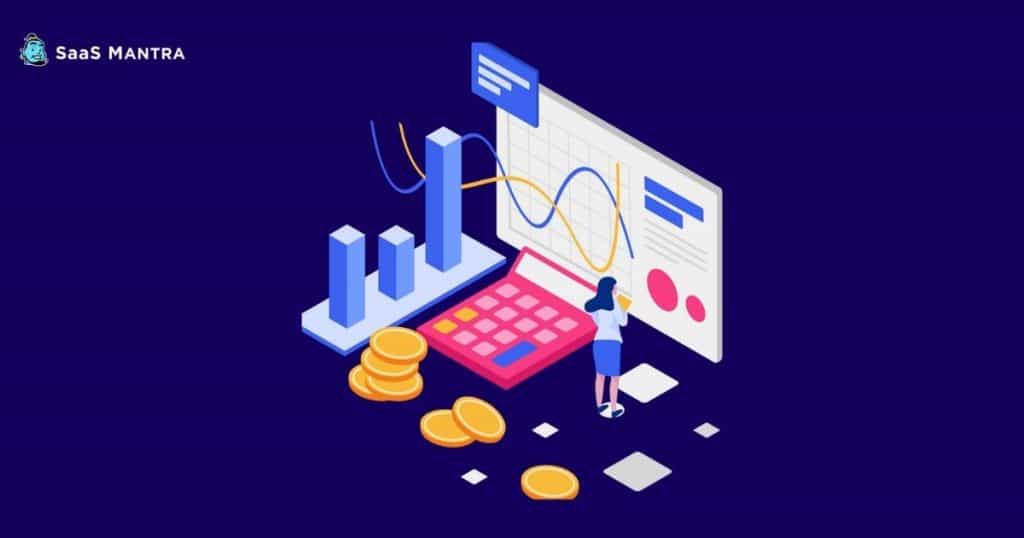
4️⃣ Revenue Churn
Revenue churn occurs when customers who sign up for a service change their minds later on. This means they cancel or never really start using what you offer. The result is lost revenues.
It’s important to track customer behavior over time to identify potential problems before they become serious issues. That way, you can take corrective actions sooner.
For example, if you notice certain demographics canceling after joining, you should consider offering them discounts or other incentives to stay loyal longer.
Revenue churn happens when customer spend decreases over time. This usually happens because customers become less loyal or don’t continue using new features or services offered by businesses.
🔹 This is a big problem for businesses who depend on their customers spending money. If they see no sign of growth in sales, they might start worrying about whether they’re losing their existing customers.
They also may want to consider why customers aren’t buying more. In some cases, this means starting to focus more on retention instead of acquisition.
🔹You can measure revenue churn by looking at your conversion rate. Conversion rate refers to the proportion of visitors who click through to purchase items or take actions on your site. The higher the percentage, the better.
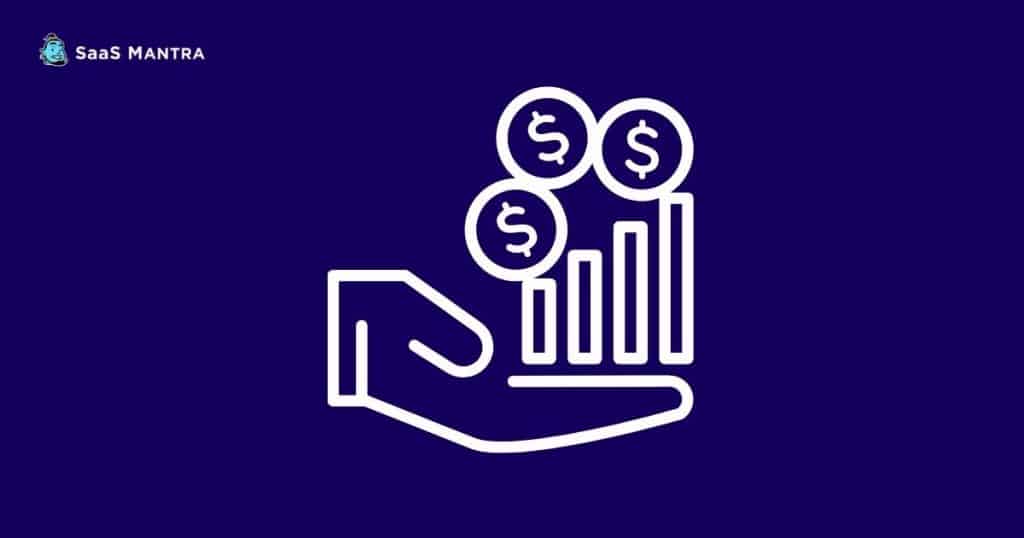
5️⃣ CAC:LTV Ratio
The Customer Acquisition Cost (or “CAC”) refers to the total amount spent on marketing activities such as advertising or salespeople to get new customers. The Lifetime Value (or “LTV”) is the estimated value of the lifetime benefits of having a loyal customer.
It’s important to know these numbers because they play a big role in determining whether a company should invest in acquiring new customers versus focusing on retaining existing ones.

A CAC: LTV (Average Cost per Acquisition: Lifetime Value) ratio is calculated by dividing the average cost of acquiring a new customer over their lifetime value. The higher the number, the better.
Wrapping Up
To fully understand, monitor, and improve upon KPI’s discussed above, every SaaS business must first know what they mean.
Improvements don’t need to be dramatic either. Small improvements will keep your business healthy.


